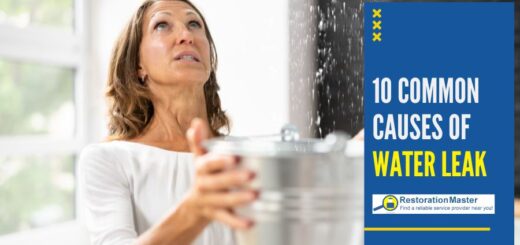How to Insulate Outdoor Water Pipes to Prevent Freezing and Bursting

When temperatures drop, your outdoor plumbing is one of the first things at risk. Just like you’d prepare your car or heating system for winter, insulating your outdoor water pipes is essential to protect your home from costly water damage.
A frozen pipe might not seem like a big deal—until it bursts. When water freezes, it expands inside the pipe, putting pressure on the material. That pressure can cause cracks or full pipe ruptures, spilling gallons of water into your yard, walls, or basement.
This guide will walk you through how cold weather damages pipes, the best insulationInsulation is a material used in buildings to reduce the tra... More methods, and the key steps you can take to winterizeTo winterize is the process of preparing a building, plumbin... More your outdoor plumbing.
Why Freezing Temperatures Can Damage Pipes
– Cracks and leaks in exposed water lines
– Malfunctioning outdoor faucets
– Water buildup and pipe bursts behind frozen blockages
– Leaky ceilings and interior water damage
– Sewage backup in uninsulated drainpipes
Types of Outdoor Pipe Insulation

– Foam pipe insulation sleeves (polyethylene or rubber)
– Foam insulationInsulation is a material used in buildings to reduce the tra... More tape for wrapping irregular shapes
– Fiberglass pipe wrap for high heat or large pipes
– Rubber insulationInsulation is a material used in buildings to reduce the tra... More for flexible and durable protection
– Faucet covers or hose bib insulators to shield spigots
Step-by-Step: How to Winterize Outdoor Plumbing
- Drain and Store Garden Hoses
– Disconnect it from the spigot
– Uncoil and stretch it out to drain any remaining water
– Roll it up and store it in a shed, basement, or garage - Insulate All Exposed Pipes and Outdoor Faucets
– Locate all visible outdoor pipes
– Cover them with foam pipe sleeves or insulationInsulation is a material used in buildings to reduce the tra... More tape
– Wrap elbows and tight corners with extra insulationInsulation is a material used in buildings to reduce the tra... More
– Secure faucet covers over all hose bibs - Don’t Forget the Water Supply Lines Inside
– Use pre-slit foam sleeves for straight runs
– Fill wall gaps with spray foam or expanding pipe insulationInsulation is a material used in buildings to reduce the tra... More
– Seal all seams with tape or glue
How to Insulate Outdoor Water Pipes | Video
What to Do if a Pipe Bursts
– Sudden drop in water pressure
– Water stains on ceilings or walls
– Pooling water in basements or crawlspaces
– Sounds of rushing or dripping water behind walls
In these cases, the best thing you can do is turn off your water main and call a water damage restoration professional right away.

How Professionals Restore Water Damage from Burst Pipes
– Extract standing water quickly
– Locate hidden moisture using thermal imaging and moisture meters
– Dry out walls, floors, and structural materials
– Clean up debris and sanitize affected areas
– Prevent mold growth and further damage
Frequently Asked Questions
Should I turn off water if pipes are frozen?
You should turn off the water supply if you suspect your pipes are frozen.
This is the first step in preventing further damage. When water freezes inside a pipe, it creates pressure that can cause the pipe to crack or even burst. By shutting off the water, you reduce the risk of this happening, as no additional water will flow into the frozen pipe.
To turn off the water, locate your main shutoff valve, which is typically found in your basement, crawlspace, or outside near the water meter. Once the water is off, you can begin thawing the pipes carefully or, if you’re unsure, call a plumber for help.
Does homeowners insurance cover burst pipe?
What is the best way to insulate outdoor water pipes for winter?
Use foam pipe insulationInsulation is a material used in buildings to reduce the tra... More sleeves or wrap-around insulationInsulation is a material used in buildings to reduce the tra... More tape on all exposed plumbing. Secure faucet covers to outdoor spigots, and seal any openings with weatherproof materials.
Can outdoor pipes freeze even if they’re not directly exposed?
Yes. Pipes in garages, crawlspaces, and near uninsulated walls can freeze if not properly insulated.
How cold does it need to be for outdoor pipes to freeze?
Pipes can start to freeze at 32°F (0°C), but most issues arise when temps stay below 20°F (-6°C) for several hours or more.
Should I leave outdoor faucets open in the winter?
No. Drain the water, close the valve tightly, and install a faucet cover.
Who do I call if a pipe bursts?
Contact a licensed plumber and a certified water damage restorationWater damage restoration is the professional process of clea... More company.












